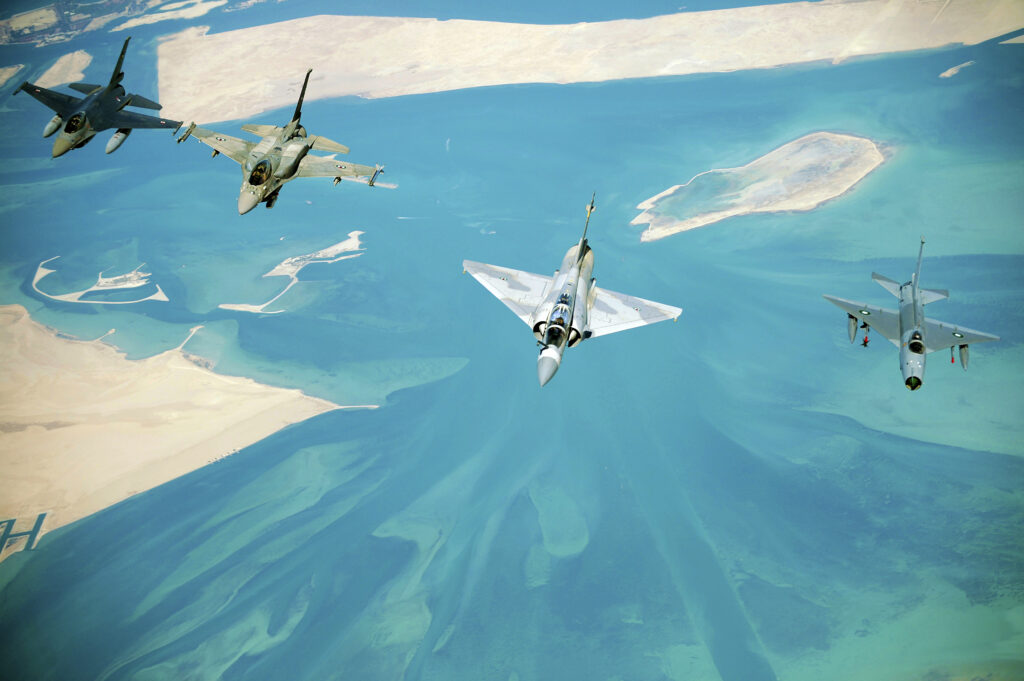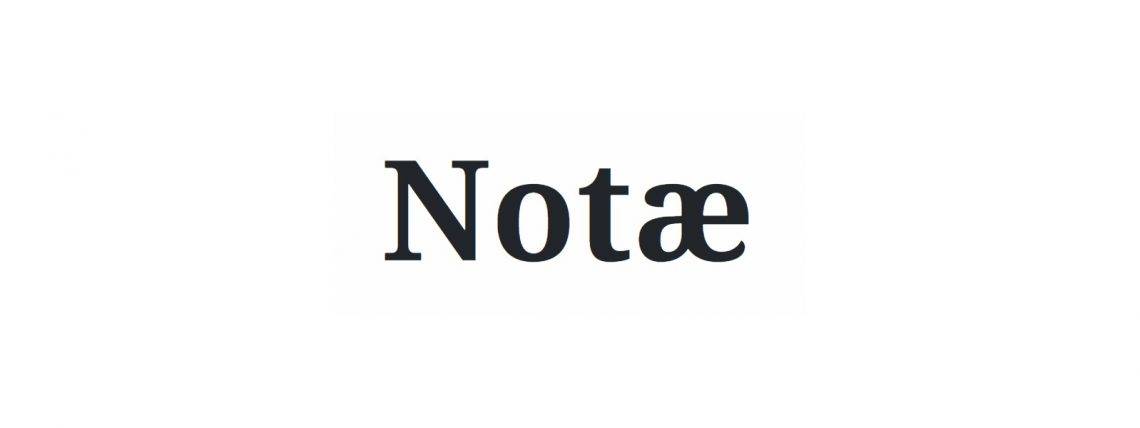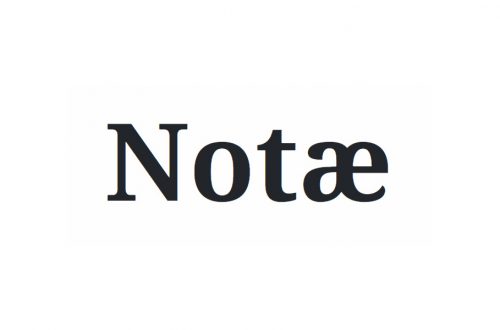The world faces significant and immediate questions of what should be done, when, and by whom to address the Russian invasion of Ukraine. Beneath these questions are weighty realities of the history, culture, and religion of the region. This Notæ features several articles from the past month that take a deeper look at what’s behind the current conflict.
“We Have Reached the Hinge of History,” by Ben Rhodes for the Atlantic
Europe’s largest invasion since World War II is a logical outcome of Vladimir Putin’s dominance of Russian politics in the 21st century, a reminder that grievance-based ethno-nationalism and authoritarianism lead inexorably to conflict. Putin’s efforts to reconstitute empire and “protect” Russian speakers beyond national borders tap into currents of history running deep underneath our collective experience. And in many ways, the tolls of the war—cities reduced to rubble, civilians caught amid armies, refugees moving en masse across European borders, threats of nuclear annihilation—recall the circumstances that shocked world powers into creating an international system to prevent another world war. Perhaps it is no coincidence that at precisely the time when living memory of World War II is fading away, humanity has failed to heed the lessons of our worst history.
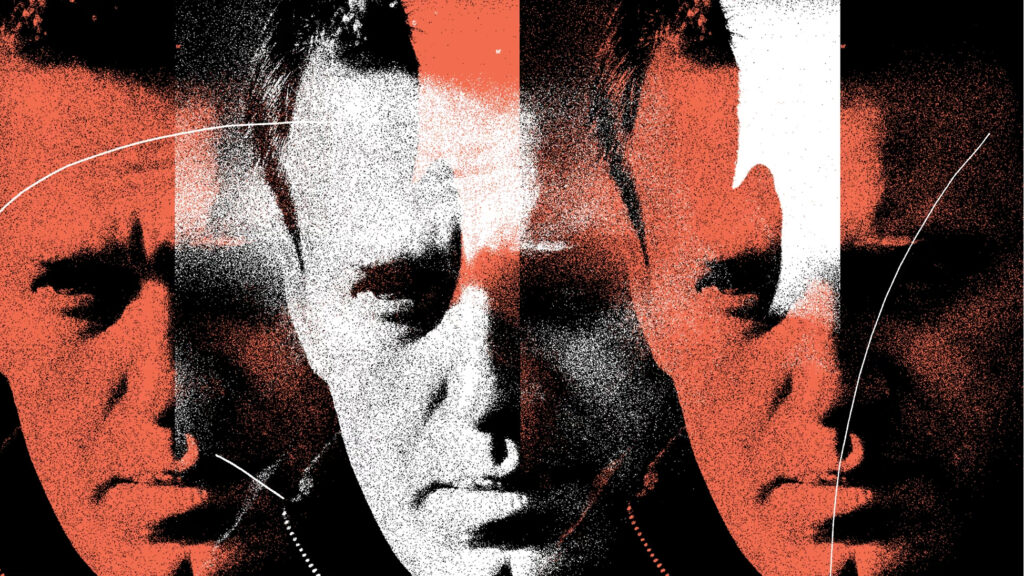
“The Role of Religion in Russia’s War on Ukraine,” by John P. Burgess for First Things
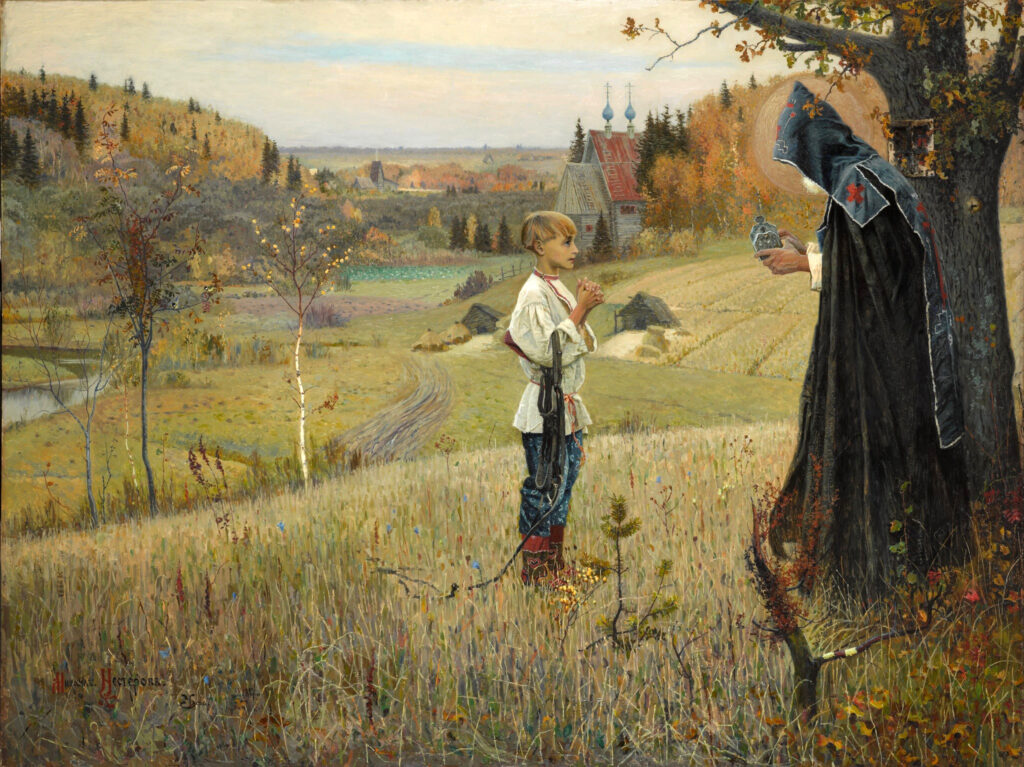
For more than a decade, Kirill, Patriarch of the Russian Orthodox Church, has promoted the idea of a Russkiy Mir, a Russian World that unites Russian speakers around the globe, especially the peoples of Russia, Belarus, and Ukraine. From one point of view, his assertion is incontrovertible. The Eastern Slavs share an Orthodox culture that goes back more than a millennium—all the way to a.d. 988, when the prince of Rus’ was baptized by Byzantine Orthodox missionaries. Thus was born the vision of Holy Rus’, an Eastern Slavic vision of Christendom in which the divine beauty that illumines the Mother of God also transfigures the natural world and every human relationship. But this common heritage has also become a point of contention.
“Four Maps That Explain the Russian Ukraine Conflict,” by By Laris Karklis and Ruby Mellen in the Washington Post
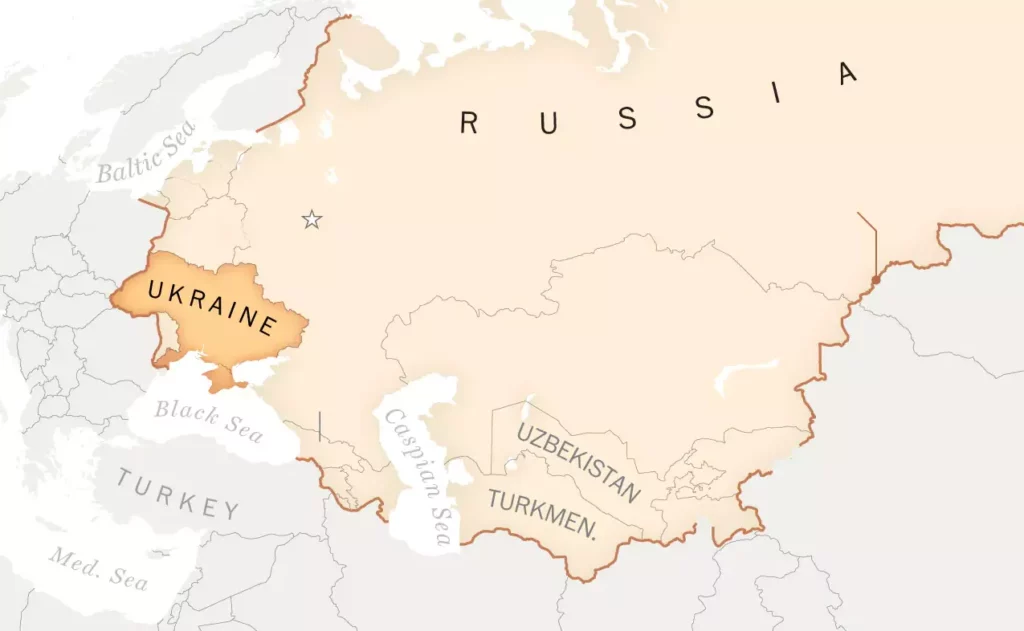
When clocks strike midnight on Dec. 31, the year 2021 and all it has brought will come to a close, leaving people around the world reflecting on the passage of time. Typically, New Year’s Day is an occasion to consider the past and celebrate the future. We make resolutions. We remember those who have died. We make lists of the traumas and the joys that have impressed themselves upon our lives.
But this year of all years, what does it mean for a year to be new? How do we measure our lives?
“I’m a Cold War Historian. We’re in a Frightening New Era.” by By Mary Elise Sarotte in The New York Times
Keep the airspeed, altitude and course steady: That was the mantra for American pilots who regularly encountered Soviet aircraft during the Cold War. And the Soviets often returned the favor …. Even though they were adversaries, the Soviet and American pilots abided by a tacit code of conduct, rooted in patterns of predictable behavior. At the end of the day, everyone got home safely.
I’ve been thinking a lot about this code as I watch the war unfolding in Ukraine.
